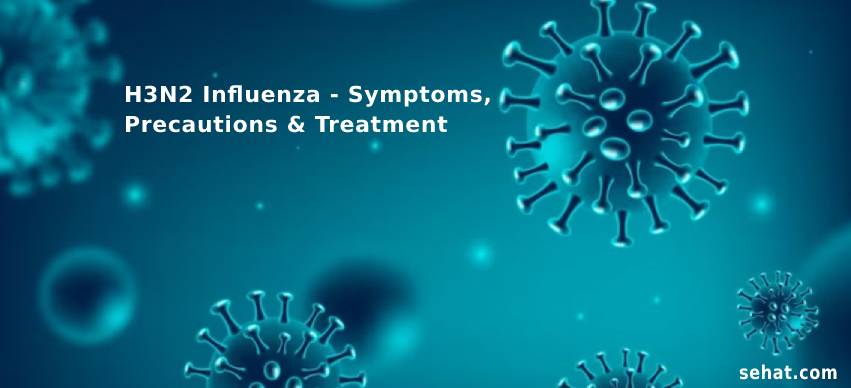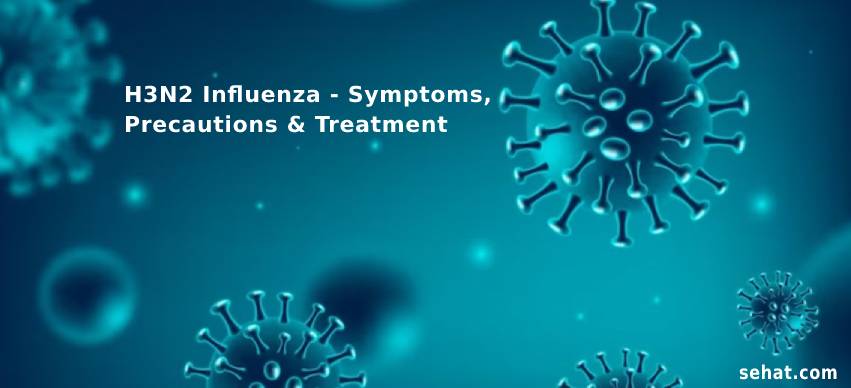How Communities Are Changing the Way We Think About Aging in..
8 Min Read


As we continue to navigate through these unprecedented times, it's important to be well-informed about the various health risks we may encounter. One such risk is the H3N2 influenza virus, which has been causing illness in many people recently. In this comprehensive article, we'll delve into the nature of H3N2, its symptoms, and the possible link with COVID-19. Additionally, we'll provide valuable insights on the precautions and treatments available for this particular strain of influenza.
H3N2 influenza is a subtype of the influenza A virus that primarily affects humans, and is known to cause seasonal epidemics. First identified in 1968 during the Hong Kong flu pandemic, H3N2 has since evolved into various strains, causing illness in many people around the world.
The reason why H3N2 has been so prevalent lately is due to its ability to mutate rapidly. This allows the virus to evade the immune system, which in turn leads to more widespread infection. Consequently, as the virus spreads within communities, it becomes more common for people to fall ill.
The symptoms of H3N2 influenza are similar to those of other strains of the flu, and may include:
In most cases, these symptoms are mild to moderate and resolve within a week. However, complications can arise in some individuals, particularly the elderly, young children, and those with weakened immune systems or underlying health conditions.
While COVID-19 and H3N2 influenza are caused by different viruses (SARS-CoV-2 and Influenza A, respectively), they share some similarities in terms of symptoms and transmission. Both viruses can spread through respiratory droplets and cause fever, cough, and other respiratory symptoms.
However, these illnesses are distinct, and infection with one does not provide immunity against the other. Moreover, the vaccines developed for COVID-19 are not effective against H3N2 influenza, and vice versa. It's crucial to distinguish between the two and follow the appropriate treatment and prevention measures for each.
To protect yourself and others from H3N2 influenza, adhere to the following precautions:
Treatment for H3N2 influenza is primarily focused on relieving symptoms and preventing complications. Over-the-counter medications can help alleviate fever, aches, and cough, while rest and hydration are crucial for recovery. In some cases, antiviral medications, such as oseltamivir (Tamiflu) or zanamivir (Relenza), may be prescribed by a healthcare professional to shorten the duration of illness and reduce the risk of complications. It's important to start antiviral treatment within 48 hours of the onset of symptoms for optimal effectiveness.
If you suspect you have H3N2 influenza or are experiencing severe symptoms, it's essential to seek medical advice promptly. Early intervention can help prevent the development of more serious complications, such as pneumonia, bronchitis, or even respiratory failure.
In conclusion, H3N2 influenza is a potentially dangerous strain of the flu virus that can cause widespread illness, especially in vulnerable populations. By staying informed about the symptoms and risks associated with H3N2, as well as taking appropriate precautions and seeking prompt treatment, you can help protect yourself and others from this seasonal threat. Remember, annual flu vaccination remains the most effective way to prevent infection, so don't forget to get your flu shot and encourage others to do the same.